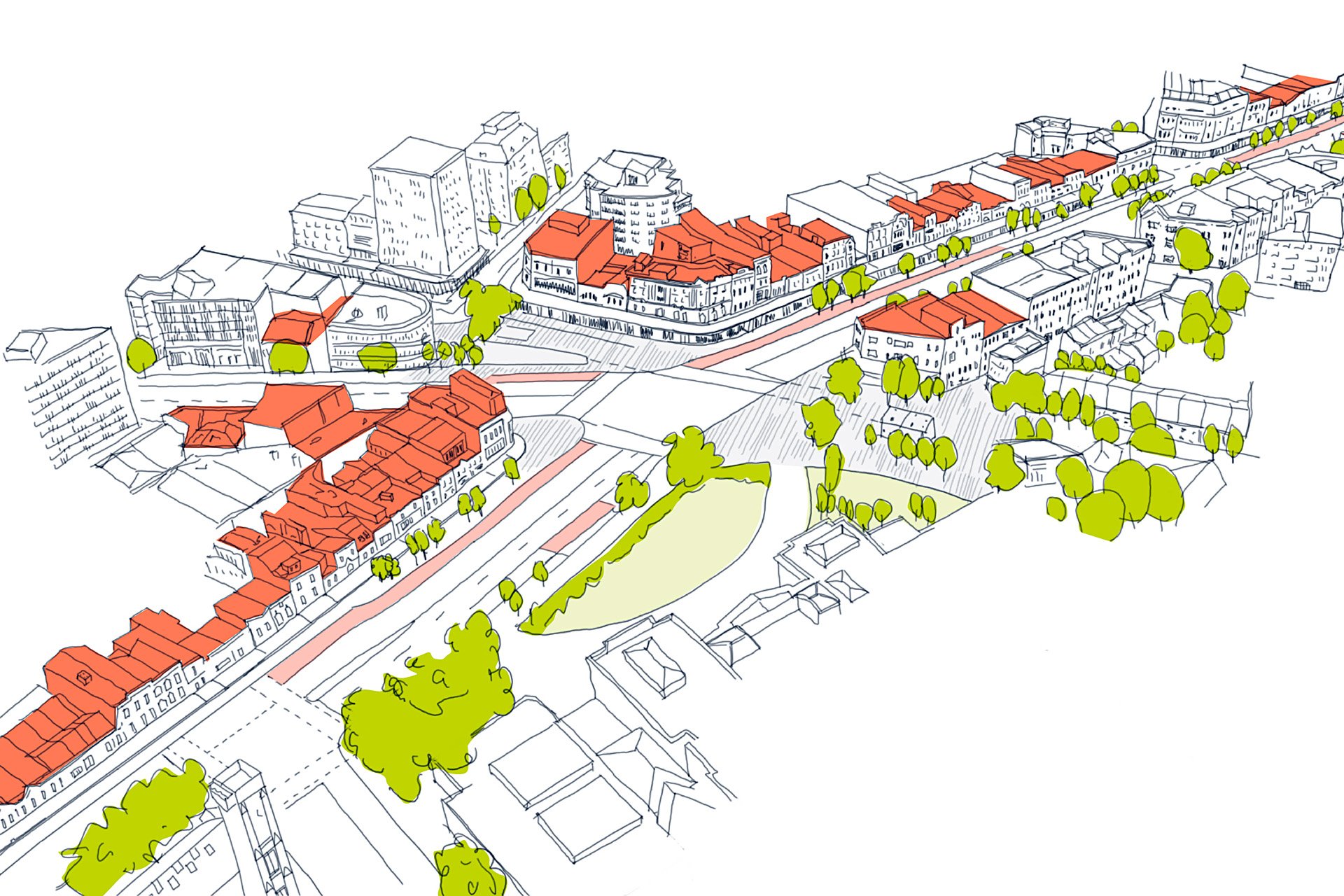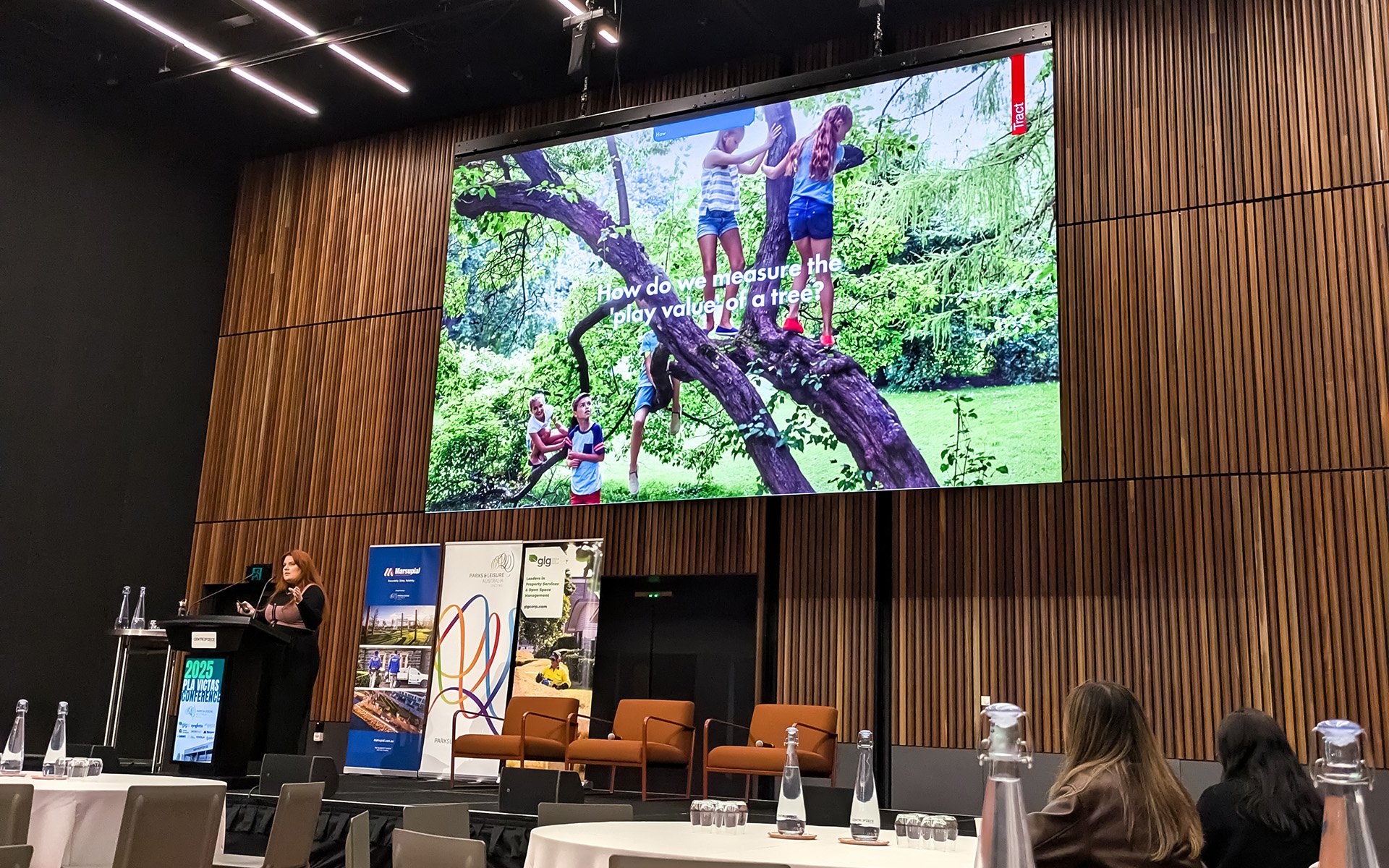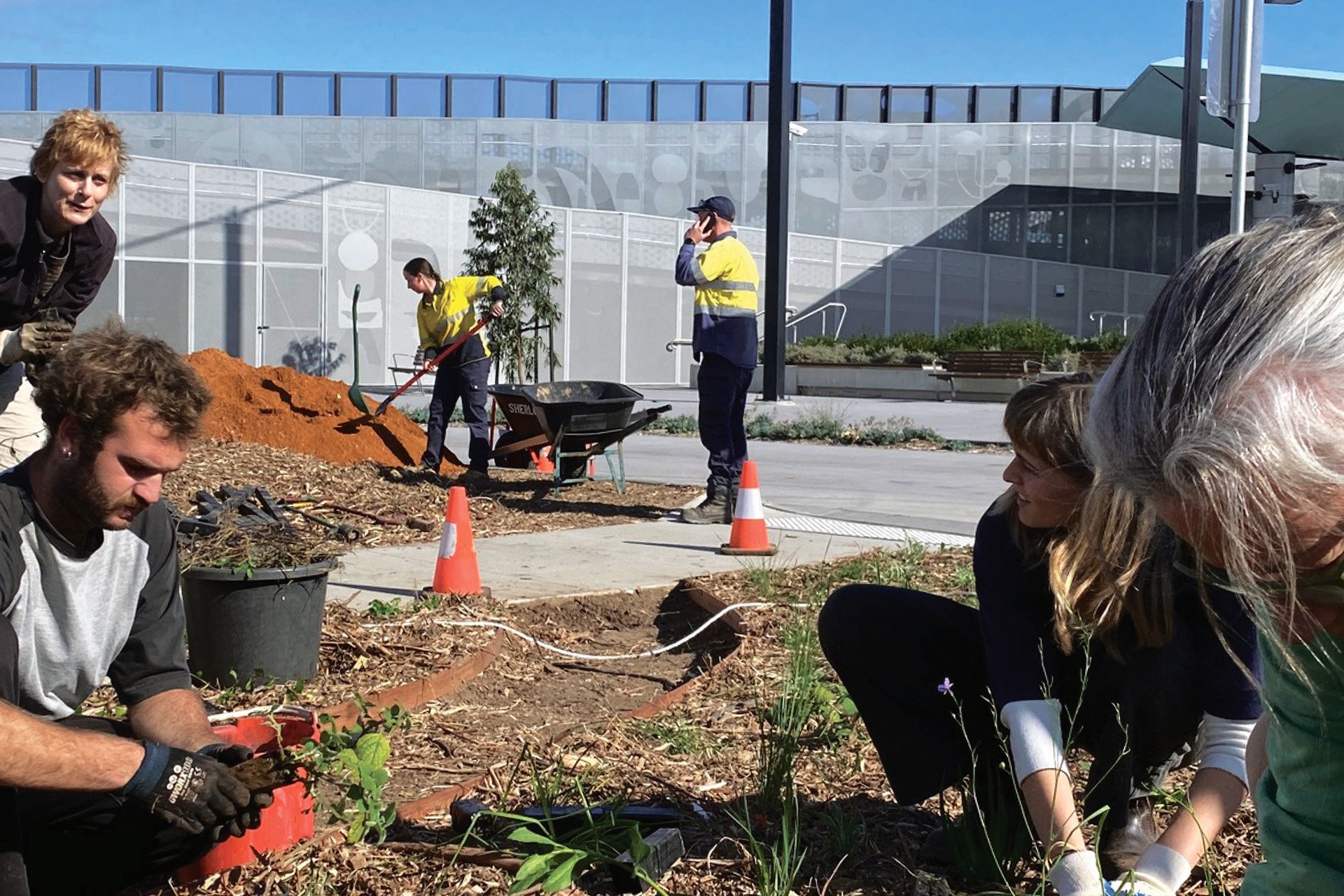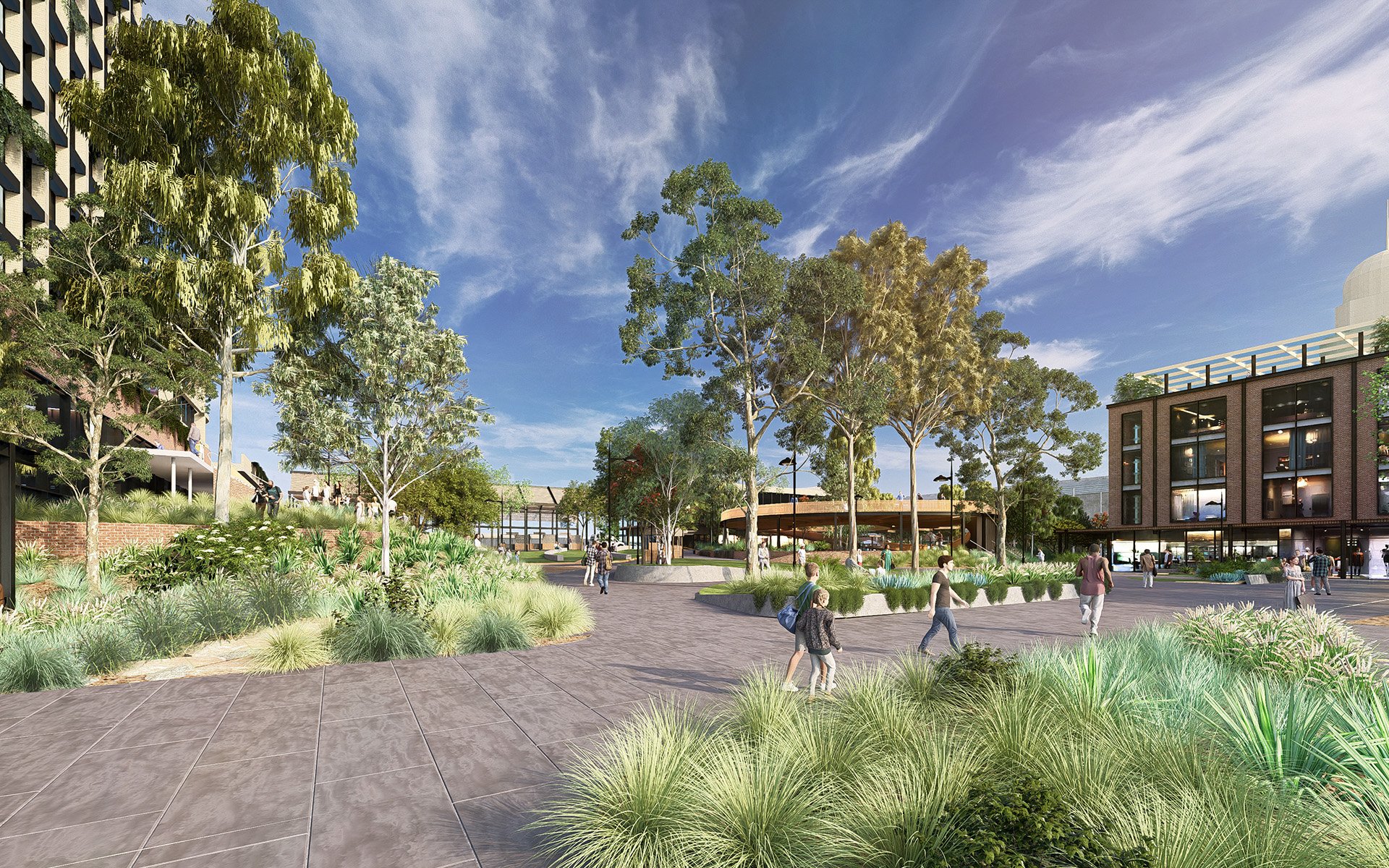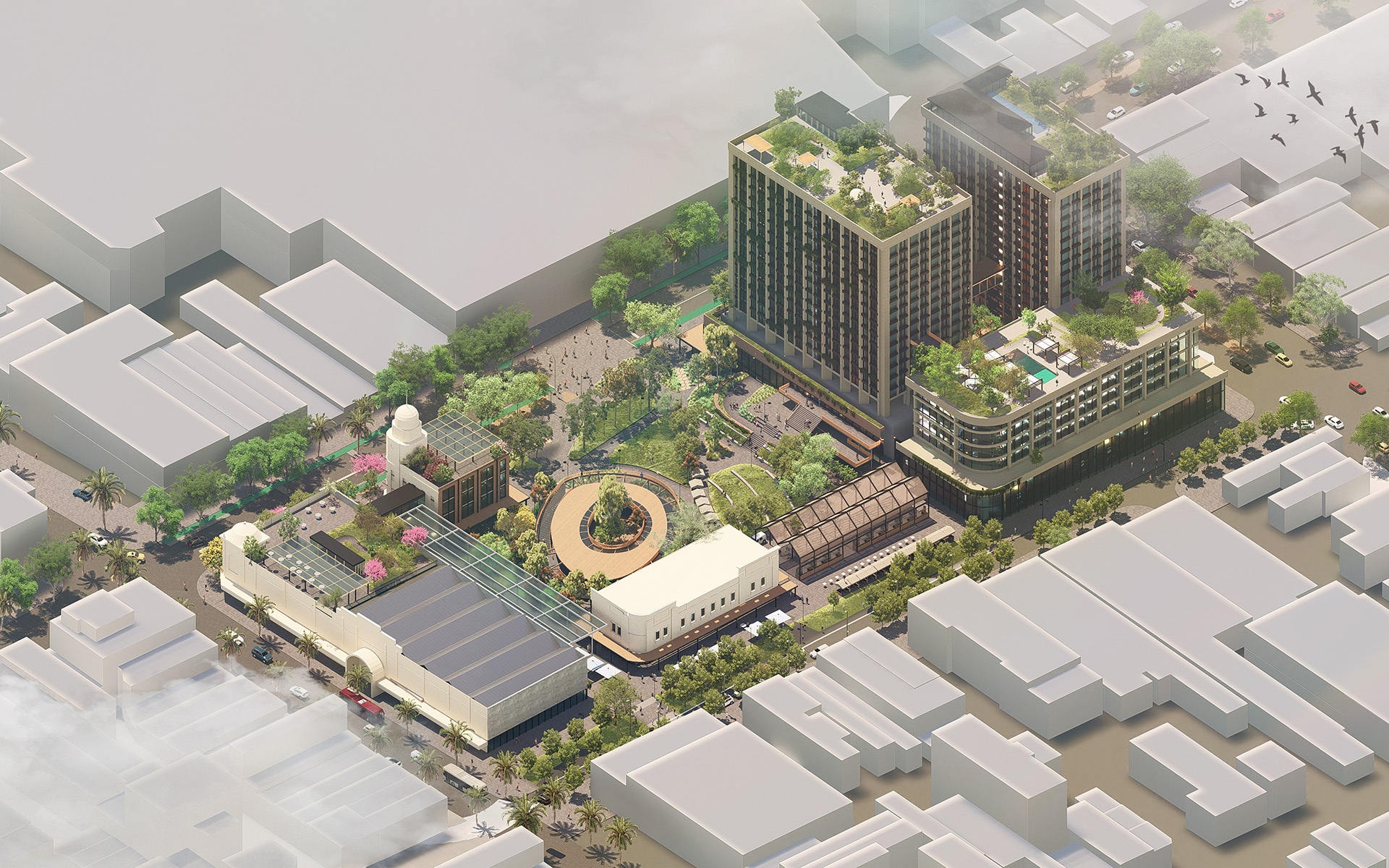Reading
Housing reform is on the agenda across the country.
With coverage across Victoria, New South Wales, Queensland, South Australia and Tasmania, we’ve brought together a comprehensive summary of recent announcements nationwide.
Victoria
A significant number of reforms have been announced in Victoria in recent weeks. Further updates regarding Suburban Rail Loop (SRL) and Plan for Victoria (PfV) are coming soon.
Here are some links to our coverage so far, with more to come.

New South Wales
Transport Oriented Development (TOD) Program
The program is aimed at increasing housing supply by encouraging development around identified public transport hubs.
It comprises two parts:
- Accelerated Precincts – state-led rezoning of eight priority high growth areas – Bankstown, Bays West, Bella Vista, Crows Nest, Homebush, Hornsby, Kellyville and Macquarie Park.
- New Planning Controls – amendment to the Housing State Environmental Planning Policy (SEPP) to facilitate an increase in mid-rise residential and mixed use developments within 400m of 37 stations.
Our thoughts
Planning for growth around public transport hubs undoubtedly encourages more dense, walkable and mixed-use urban centres. Implementing the changes should be carefully planned for in each community, to ensure diversity and responsiveness to local context as well as provision for crucial open space and biodiversity. We are proud to have been involved in the strategic planning of Macquarie Park Innovation Precinct and Hornsby Town Centre, which are now 2 of the 8 Accelerated Precincts, integrating well-designed open spaces into the public domain.
Low and Mid-Rise (LMR) Housing Policy
This policy is aimed at increasing housing supply and diversity in well-located areas (not identified as TOD Precincts) within 800m of shops, services and transport.
The policy has been introduced in two stages, and applies to two housing ‘scales’:
- Low Rise – 1-2 storey dual occupancies, terraces, townhouses and apartments
- Mid Rise – 3-6 storey apartments
Stage 1 (July 2024) permitted dual occupancies and semi-detached homes in all R2 zones.
Stage 2 (February 2025) introduced new planning controls to allow low and mid-rise housing within 800m of town centres and train/light rail stations in Greater Sydney, Central Coast, Lower Hunter and Newcastle and Illawarra-Shoalhaven. Some areas with natural hazards like bushfire or flood, heritage or pipelines/aircraft noise are removed from the policy. It does not overlap with the TOD areas to avoid similar policy settings applying to the same land.
In total, 171 areas are selected and mapped indicatively.
Follow the link to the Department of Planning, Housing and Infrastructure (DPHI) map of indicative areas identified as TOD Precincts and LMR Housing areas.
Our thoughts
We are pleased to see policy changes to promote ‘missing middle’ housing, as this segment of housing has remained chronically under-delivered despite previous planning reforms to encourage these typologies. We have worked closely with a number of Councils to develop infill housing strategies in recent years, and understand the unique considerations involved in creating the strategic foundation for a diversity of housing options in different centres, particularly where existing housing stock is predominantly low density.
Although the policy indicates in excess of 100,000 homes would be unlocked, this number may be tempered when considering other planning layers, complexities and constraints at a local/site level.
While a standardised approach may improve speed of approvals, housing density should be aligned with locationally-specific needs, and ensure that infrastructure capacity – including community services, transport, and open space – is also in place to support these future populations. We look forward to working with Councils, communities and the private sector to understand what these changes mean on a precinct, local, and site-specific scale.
While improved planning processes are an important part of housing delivery, we recognise that there are a variety of barriers beyond planning that affect housing supply being realised on the ground. These may range from financial viability for developers, compounded by high land values and limited market differential between existing low-rise stock and medium density products due to construction and development costs, and other market factors.
We will be interested to see whether these reforms are also complemented with changes in other policy areas such as supply chain, labour and taxation settings.
Tree Canopy Guide
Alongside the LMR Housing Policy, a Tree Canopy Guide has been introduced.
The Guide includes expectations for tree canopy, deep soil and tree planting rates to support delivery of greener outcomes in these identified LMR areas.
Our thoughts
Positively, the Tree Canopy Guide provides a valuable companion publication to the LMR Housing Policy, outlining clear expectations on the integration of urban canopy within developments.
We welcome the definitions on tree size, canopy coverage and aligned deep soil volumes which are backed by evidence-based research. This, along with the guide for percentage coverage of canopy and deep soil for each dwelling type, will allow us to confidently demonstrate site-based expectations. Our planning, urban design and landscape teams are ready to help interpret what this means for each potential development site.
Housing Delivery Authority (HDA)
The HDA has been established to improve housing supply and affordability across NSW. Proponents can submit an Expressions of Interest for major housing developments of:
- above $60million or on average 100 or more homes in Greater Sydney, and
- $30million or on average 40 or more homes in regional areas.
Proposals that are selected can proceed as a State Significant Development (SSD) application that can be lodged as either ‘SSD major residential’ or ‘SSD with concurrent rezoning’. This new planning pathway is accompanied by a single set of assessment requirements.
Our thoughts
We welcome the opportunity for more proposed housing projects to be considered as State Significant Development and therefore with the Development Approval (DA) and potential concurrent rezoning. This would speed up the process and help remove uncertainties, which will no doubt assist, in the context of construction labour shortage, inflation and other development pressures.
We await further information regarding guidelines for engaging with local communities (especially the most vulnerable groups) as these significant developments are assessed by State rather than Local governments.
Proposed Changes to the EP&A Act
A bill proposing amendments to the Environmental Planning and Assessment (EP&A) Act was recently brought to New South Wales Parliament.
- The amended bill would enable housing targets for Councils and regions to be set by the Minister for Planning and Public Spaces.
- The Six Cities Region Plan previously established by the Greater Cities Commission is set to be removed from the EP&A Act under a new bill. In 2023 the Commission was absorbed into the State’s Planning Department, which is now focusing on a whole-of-state approach.
- The bill also proposes the reduction of the minimum public exhibition period for State Significant Development (SSD) applications that involve residential accommodation from 28 days to 14 days, in an effort to facilitate faster approvals. Only submissions made during the exhibition period will count in determining SSD assessments.
- The bill also proposes the removal of the requirement to obtain Independent Planning Commission (IPC) referral before residential developments are declared SSD.
Our thoughts
Removing barriers to delivering more housing is critical, and in NSW this is largely focused in Greater Sydney. Strategic planning is fundamental to ensuring housing delivery aligns with infrastructure and jobs, and guide decision-making, resource allocation and coordination at a city-scale.
As planners, urban designers and landscape architects, we believe in the value of a shared vision and roadmap to drive the agenda of design within our cities. We await further updates as to whether the Greater Sydney Region Plan will be reviewed and updated to replace this level of strategic planning work, and look forward to more discussion on the long-term plan for Greater Sydney and the regional areas.
For more information about the proposed legislative reforms please follow the link:

Source: NSW Government – Housing
Queensland
Planning Regulation amendments to unlock development on church or charity owned land
The Queensland State Planning Framework has been amended to unlock church and charity-owned land for vital community housing, with changes now in effect.
Planning Amendment Regulation (No. 2) 2024 supports the unlocking of church and charity-owned land by including ‘affordable housing component’ within the purpose of the Community Facilities Zone, which was previously not supported.
The development still needs to be on land associated with a place of worship, residential care facility or community care centre that is owned, controlled or managed by an entity for the above community activities.
These changes also clarify that not-for-profit and charitable organisations may access the Ministerial Infrastructure Designation (MID) assessment pathway for social and affordable housing proposals, which will allow these applications to access a new streamlined 3-month MID pathway, assessed by the Planning Minister. The changes will also allow for existing dwellings including caretaker cottages and presbyteries in a Community Facility Zone to be repurposed.
The Government says the move will enable progress on its commitment to deliver 10,000 new homes built on church and charity owned land in partnership with the community housing sector, with 500 homes built in the next two years.
A model code is being co-drafted by the Local Government Association of Queensland (LGAQ) and its members, supported by the State Government, which can be included in local government planning schemes through a streamlined planning scheme amendment process.
Our thoughts
Faith-based and charity organisations play an important role in providing community housing, and these changes will allow the conversion of underutilised land for this purpose to be realised. As we are seeing nationally, different approaches are being taken to identify opportunities for increased housing supply – this change will enable church and charity owned land to access a streamlined process and enable them to support their communities in this way.
This amendment to the purpose of the CFZ will enable church and charity-owned land in this zone to proceed through the new streamlined MID pathway for affordable housing development proposals, for land within this zone. While there are still some limitations – i.e. the affordable housing component must be on land associated with another specified us, such as a place of worship or residential care facility – this will provide the opportunity for these organisations to play a role in alleviating the housing crisis in their own communities.
Brisbane City Plan Citywide Amendment ‘Inner-City Affordability Initiative’ adopted, reducing or removing car parking rates across inner-city suburbs.
Brisbane City Council’s ‘Inner-City Affordability Initiative’ has been adopted and will come into effect later this month, following state government approval of proposed amendments to the Brisbane City Plan 2014. The changes reduce car parking requirements in the City Core and City Frame.
- City Core minimum parking rates extend to parts of East Brisbane, Kangaroo Point and Woolloongabba.
- City Frame minimum parking rates extend to parts of East Brisbane, Herston, Highgate Hill, Red Hill, Toowong, West End and Woolloongabba.
Our thoughts
Car parking contributes a substantial cost to development, which in turn impacts housing affordability. However, in cases where development is well-located proximate to public transport and amenities, future occupants may not be as reliant on cars to meet their daily needs.
The changes to minimum parking rates are intended to reduce the burden of providing car parking in areas which are better serviced, in an effort to both promote more apartment development in inner-city areas and support liveability. We welcome the changes and hope that it can help support positive outcomes for housing delivery, to improve feasibility for such development proposals.
New draft Ipswich Planning Scheme due to be finalised and adopted in the coming months.
Ipswich is a key regional growth area in South-East Queensland, with population in the area expected to double by 2026 to 535,000 people.
The draft new Planning Scheme and associated draft Local government Infrastructure Plan (LGIP) has progressed to the adoption stage of the plan making process having received State Government approval, with conditions, on 14 February 2025 to proceed to adoption.
9 Ministerial conditions were stipulated and Council are now working to review these and preparing an updated draft planning scheme for Council’s consideration for adoption. Once finalised, it is expected that the new draft Planning Scheme would take effect in mid-2025 after approval by Full Council.
Our thoughts
Ipswich is one of the fastest growing local government areas in Queensland, and the new planning scheme will provide greater certainty to the industry on Council’s focus areas for growth in the region. With continued State policy updates aimed at providing affordability and choice of housing in growth areas, it is likely we will see further updates to the Ipswich planning scheme within 12 months of its adoption to align with these ongoing policy updates. It is possible these changes may unlock further development opportunities, particularly in well-connected and serviced areas.
Draft new Sunshine Coast Planning Scheme to be refined and moved forward towards public consultation.
The draft new Sunshine Coast Planning Scheme proposal was submitted to the state government in December 2023 following preliminary community consultation in 2022.
Since the initial drafting of the draft new Sunshine Coast Planning Scheme in 2021, ShapingSEQ2023 has been released. This document sets the long-term vision across South East Queensland to 2046 to manage 2.2 million new residents, almost 900,000 new homes and almost 1 million new jobs.
With the recently announced completion of the mandatory State Interest Review, Sunshine Coast Council can now review the state imposed conditions and deliberate on any necessary drafting updates to the draft new Planning Scheme.
Following these updates, the new draft Planning Scheme can proceed to formal public consultation.
Our thoughts
With ShapingSEQ now in effect and the results of the 100 Day Review into Brisbane 2032 due later this month, the new draft Sunshine Coast Planning Scheme and the associated consultation period, has the potential to lead the way in establishing deliberate, considered and responsive planning related to the catalytic opportunities of the 2032 Games. Tract has a base in the Sunshine Coast region and would encourage anyone interested in the ongoing development of the region to reach out to discuss next steps.

Source: City of Ipswich – New Ipswich Planning Scheme
South Australia
South Australia leading the way
The Housing Industry Association (HIA) recently released their Housing Policy Scorecard. The HIA Scorecard benchmarks each state and territory according to ten critical housing supply policies and mechanisms that help promote the supply of housing.
South Australia was ranked number one, with an overall scope of 9/10, with Western Australia in second with an overall scope of 8/10 and Victoria third with 6/10. The State outscored all other states through:
- Implementing successful planning reforms, resulting in faster approvals.
- Applying technology to provide transparency on land release information while AI is being utilised to help automate development approvals.
- The removal of stamp duty for first time home buyers on new homes.
- Targeted investment in skilled trade
- The State’s strong Housing Roadmap to help meet the Housing Accord target.
The Scorecard recognizes the Housing Roadmap, which features more than 100 initiatives to help the industry deliver more housing, infrastructure and jobs.
The Business Council of Australia also recently rated South Australia as the best place to do business, while raking the State’s planning system as the best in the nation.
Greater Adelaide Regional Plan
The Greater Adelaide Regional Plan (GARP) will be one of seven regional plans that set the vision and strategic planning direction for South Australia. The GARP will guide development for the next 30 years to support 670 000 new residents through the delivery of:
- 315 000 new houses
- 254 000 new jobs.
The GARP will introduce a target to achieve 70% of new development occurring as infill development and 30% greenfield development.
The GARP was prepared to achieve the following key outcomes:
- More housing in the right places
- Livable, accessible and inclusive communities
- Strong economy built on a smarter and cleaner future
- Greener, wilder and more climate resilient environment
- Integrated and connected region
- Coordinated delivery of land use and infrastructure planning.
The draft GARP was on exhibition late in 2024, with all submissions and surveys responses currently being incorporated within the GARP Engagement Report. It is expected that the Engagement Report will be released in the coming months.
Housing Roadmap
In 2024 the Government of South Australia released the Housing Roadmap ‘More Homes for South Australians’. This initiative was implemented by State government to accelerate the development and delivery of new housing to help get South Australians into their own homes and also to help support vulnerable people.
The current housing crisis is a result of a sudden and sustained spike in housing demand which outstripped the State’s ability to supply new housing stock. Insufficient serviced residential land and lengthy delays in the approval and construction process required new strategies to address the housing shortage.
Through the Roadmap, government is boosting the release of land for residential developments, fast tracking the approval process, addressing current infrastructure challenges, and building skills in the construction and planning systems. The Roadmap has already resulted in fast tracking certain Code Amendments, with further reforms proposed that could see houses built on vacant land 18 months faster.
The State recently launched its Land Supply Dashboard to help keep developers, Councils, agencies and the community up to date with current and planned land supply. The dashboard also includes information on the location of infrastructure such as water, sewer and electricity.
Another initiative of the Roadmap is to set out the State’s investment and actions to address construction skills and workforce shortages though:
- Establishing five new colleges across the state
- Increased investment in education and training in construction related qualifications.

Source: PlanSA – Mount Barker
Tasmania
The Tasmanian Government continues to review the Tasmanian Planning Scheme’s residential standards in line with the Improving Residential Standards in Tasmania report, targeting incorporating new requirements to better facilitate development into the planning scheme this year.
Meanwhile, the roll out of the statewide Tasmanian Planning Scheme continues to progress, with Council’s updating to a unified planning scheme across the state.

Source: Planning in Tasmania – Draft LUPA Amendment Bill 2025
How can Tract assist?
Should you have any questions and wish to discuss what these reforms mean for you, reach out to your contact at Tract or get in touch with us via our contact page.
